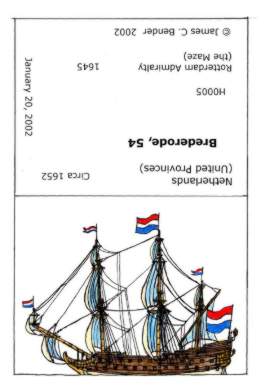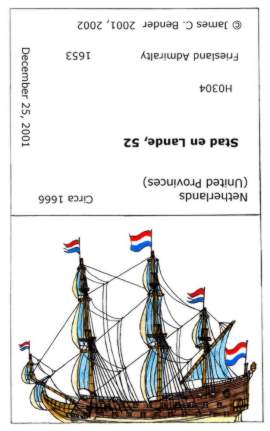I just ran three quick tests, using the Battle of the Kentish Knock scenario, where I commanded the Dutch and had the difficulty set to "Hard". The first test, I grouped ships by squadrons, and attacked the North end of the English fleet. It quickly went badly, and I shut it down. I steered to close to thed English fleet and they got among the Dutch formations and heavily damaged them. I quit, when I saw how things were going.
In the second test, I again grouped the Dutch ships by squadrons, and steered towards the Southern end of the English fleet. Again, the English ships got among the Dutch formations and were winining when I shut the simultion down.
The third test, I grouped the Dutch ships in a single line, to begin with, and kept steering to the East to attempt to keep the English ships from getting in amongst the Dutch ships. Early on, the Dutch were winning. At one point, it was 95% to 78%, with the Dutch ahead. The Dutch got into trouble when they ran out of searoom, and I had trouble maneuvering the line. I had to regroup ships into smaller formations, with each in a line formation.
The English started to win, and then win big. At that point, I regrouped the Dutch ships, and had them form single lines. At one point, when both sides had taken heavy losses, the Dutch went into the lead, at least for a short time. It may even have happened twice. Then the balance tipped against the Dutch, and I quit, when it had gotten to 26% to 12%, with the English winning.
Perhaps my only problem was inexperience in maneuvering formations of ships that are grouped into a single line. At times, there was a clear advantage, and the English quickly took losses, but the English 1st and 2nd rates were able to overwhelm the Dutch, after the smaller ships were decimated. Previously, when I have beaten the English in the Battle of the Kentish Knock, I would eventually maneuver individual ships, and concentrate them against the English 1st and 2nd rates, and overwhelm them. By not doing that, things quickly "got out of hand".





